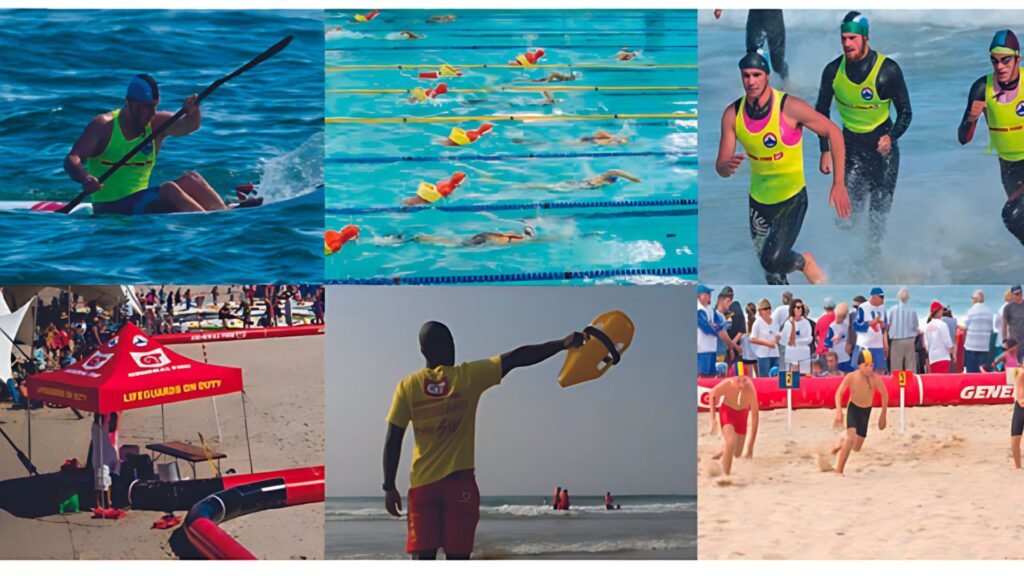
Introduction:
LifeSaving sports have a storied history, rooted in the noble mission of saving lives and promoting water safety. From humble beginnings to global recognition, these sports have evolved into competitive events that showcase athleticism, skill, and dedication. Let’s dive into the fascinating journey of LifeSaving sports and how they have become an integral part of water safety education and athletic excellence.
Origins:
The origins of LifeSaving sports can be traced back to the late 19th century when communities recognized the need for organized efforts to prevent drowning incidents. The concept of lifesaving competitions emerged as a way to train lifeguards and promote lifesaving techniques. In 1891, the Royal Life Saving Society (RLSS) organized the first official life-saving competition in England, laying the foundation for what would become a global movement.
Evolution:
As LifeSaving techniques advanced and spread worldwide, so did the popularity of lifesaving competitions. In the early 20th century, countries like Australia, New Zealand, and the United States embraced lifesaving sports as a means to train lifeguards and raise awareness about water safety. These competitions featured events such as swimming rescues, line throwing, resuscitation, and simulated rescue scenarios.
Recognition and Growth:
Throughout the 20th century, LifeSaving sports gained recognition as legitimate athletic endeavors. National and international governing bodies, such as the RLSS and the International Life Saving Federation (ILS), were established to oversee competitions and standardize rules and regulations. Lifesaving sports were included in prestigious multi-sport events like the World Games and the Commonwealth Games, further elevating their status on the global stage.
Modern Era:
In the 21st century, LifeSaving sports continue to thrive, attracting athletes of all ages and backgrounds. The sport has diversified to include disciplines such as beach flags, surf skiing, paddleboarding, and oceanman/oceanwoman events. These modern adaptations reflect the evolving nature of water rescue techniques and the growing emphasis on fitness and endurance in lifeguard training.
Impact and Legacy:
Beyond the thrill of competition, LifeSaving sports have had a profound impact on water safety education and drowning prevention efforts. Lifeguards who participate in lifesaving competitions are better equipped to handle real-life rescue situations, thanks to the rigorous training and simulation exercises involved. Additionally, the visibility of LifeSaving sports helps raise awareness about the importance of water safety practices among the general public.
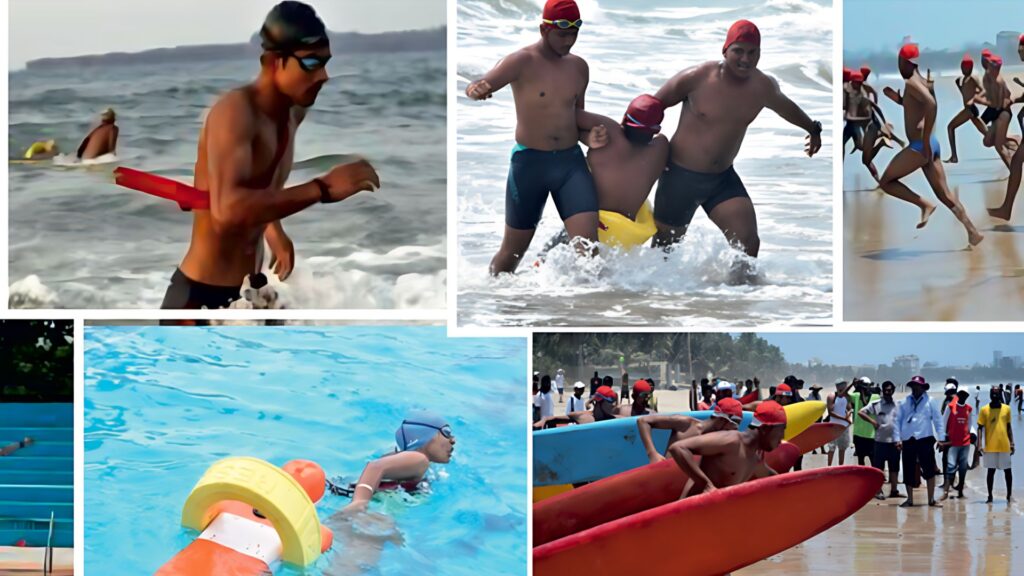
Conclusion:
The history of LifeSaving sports is a testament to the enduring commitment to water safety and the valor of those who dedicate their lives to saving others. From its humble beginnings to its current status as a respected athletic pursuit, LifeSaving sports continue to inspire athletes, educators, and communities around the world. As we look to the future, let us continue to support and celebrate the lifesaving heroes who make our waters safer for everyone.






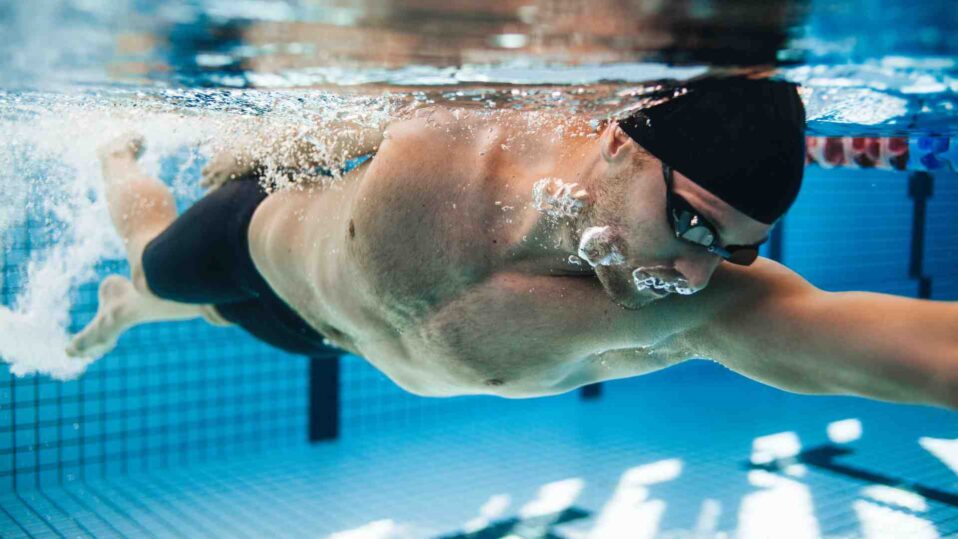
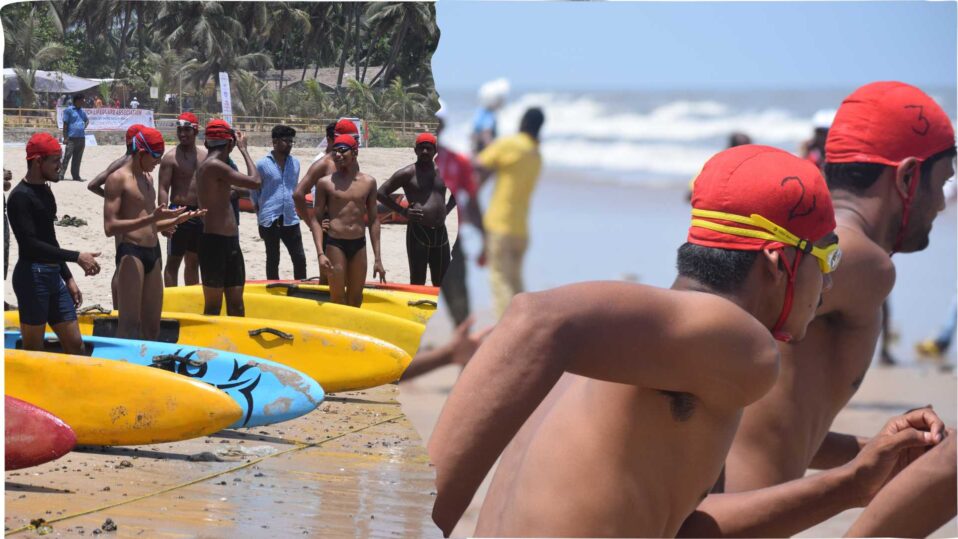
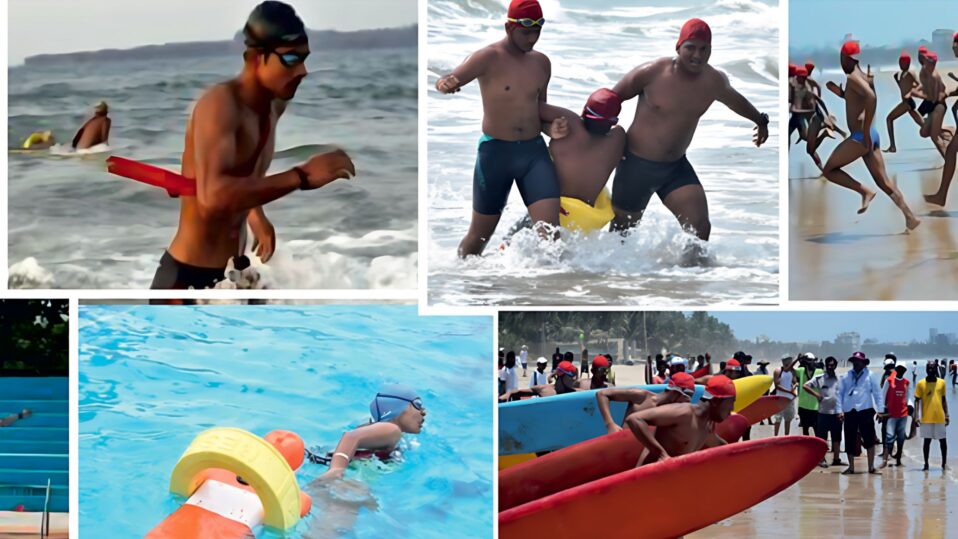
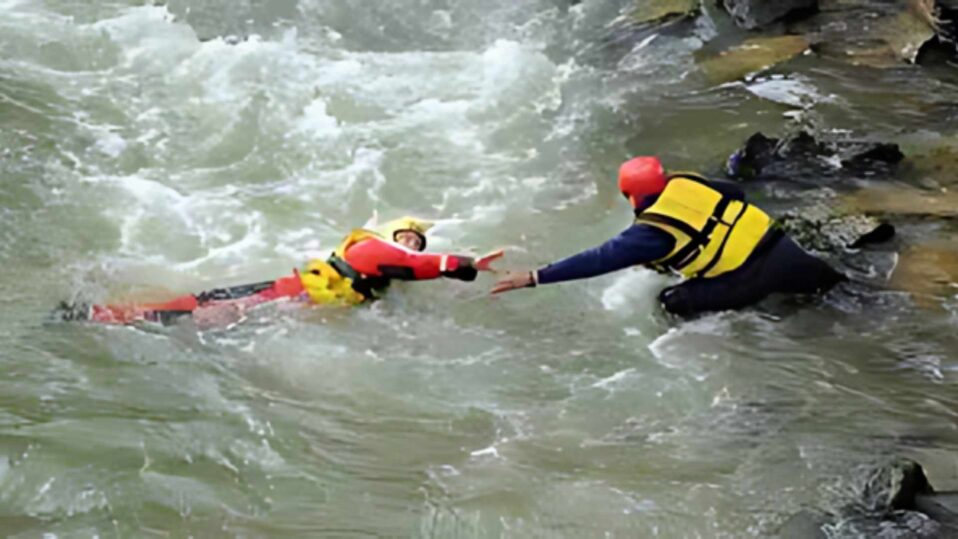
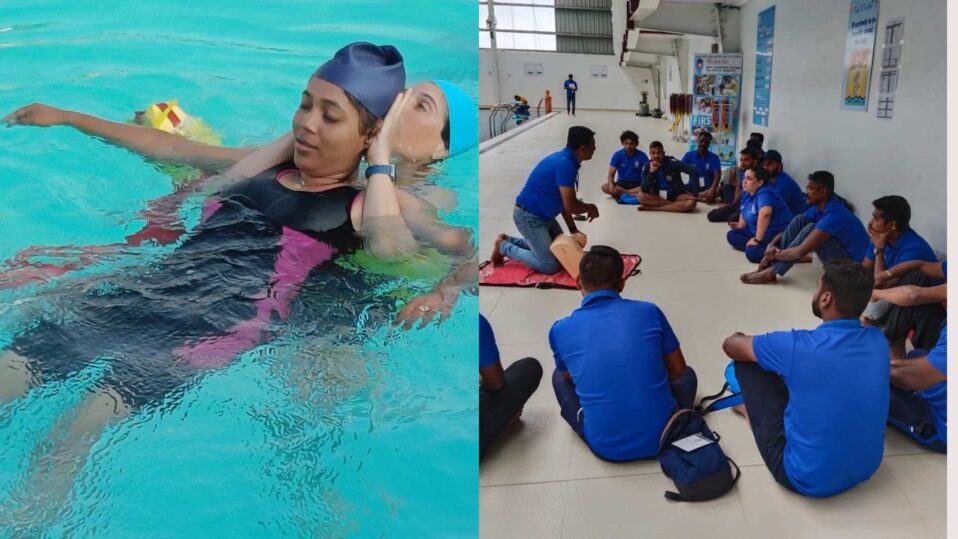


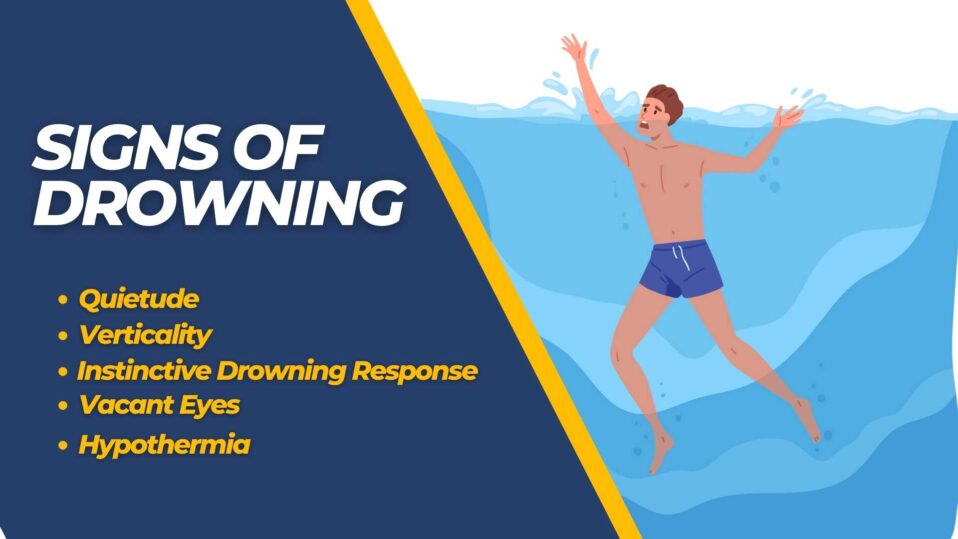
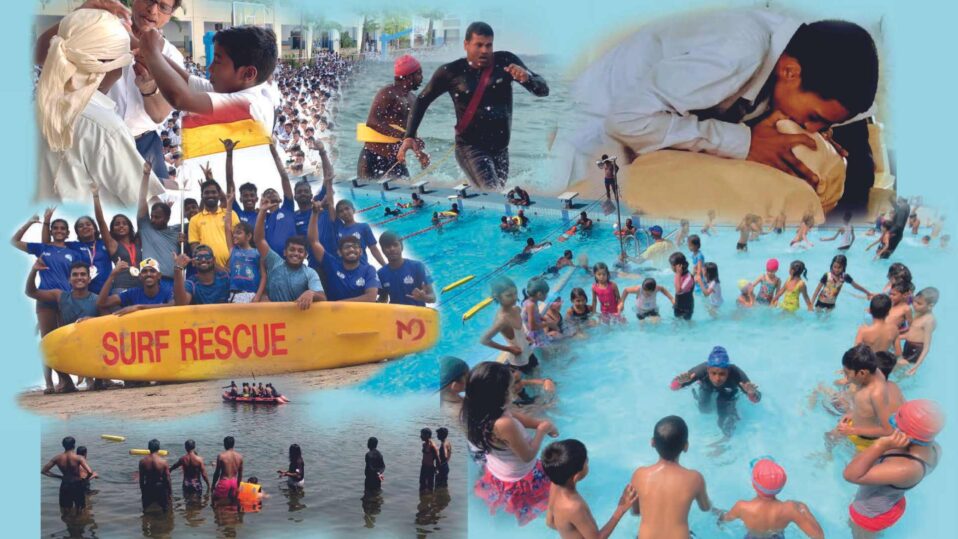



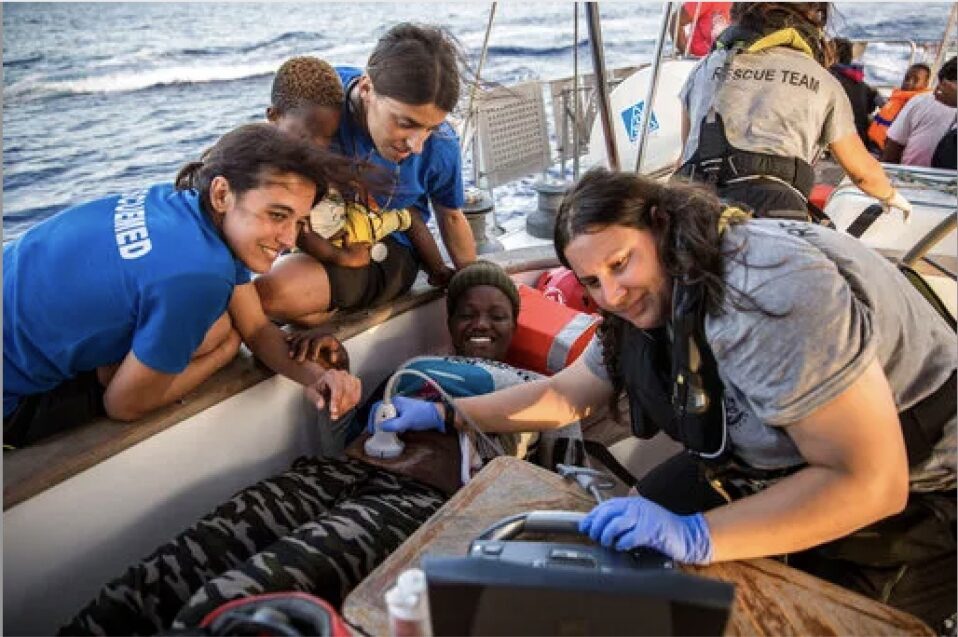
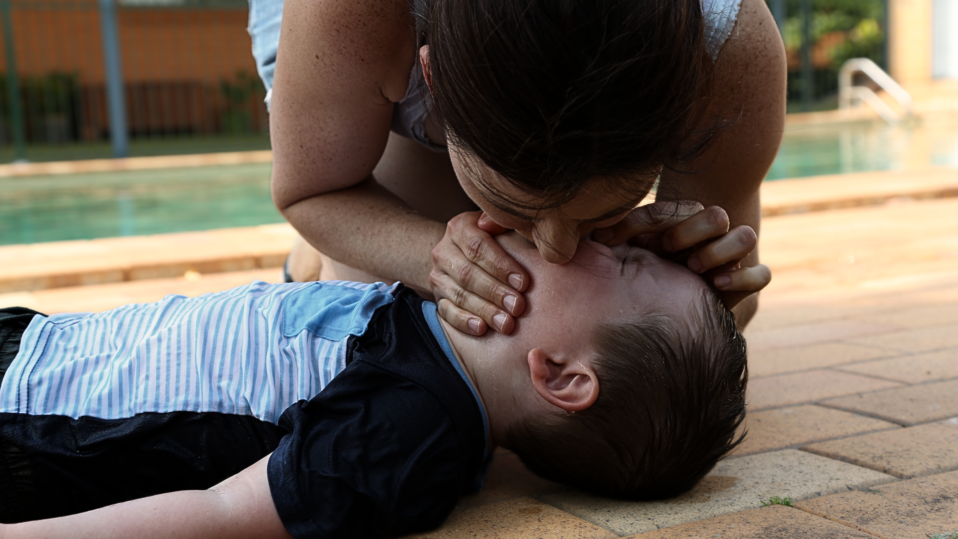
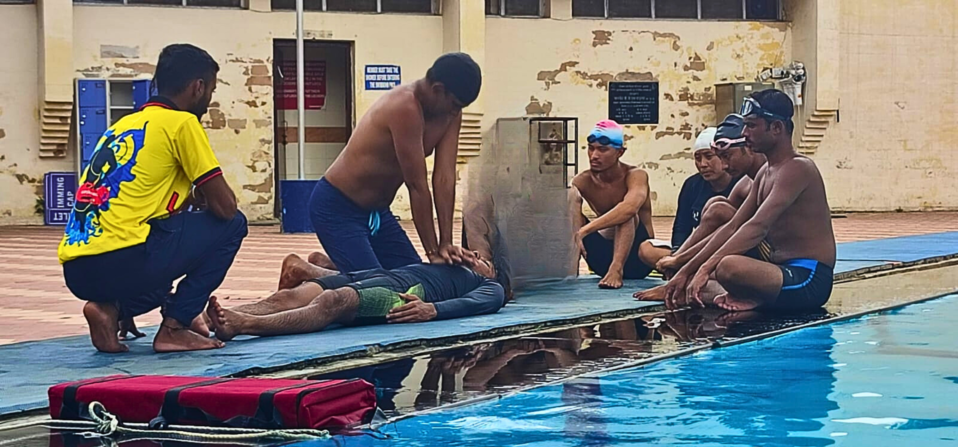
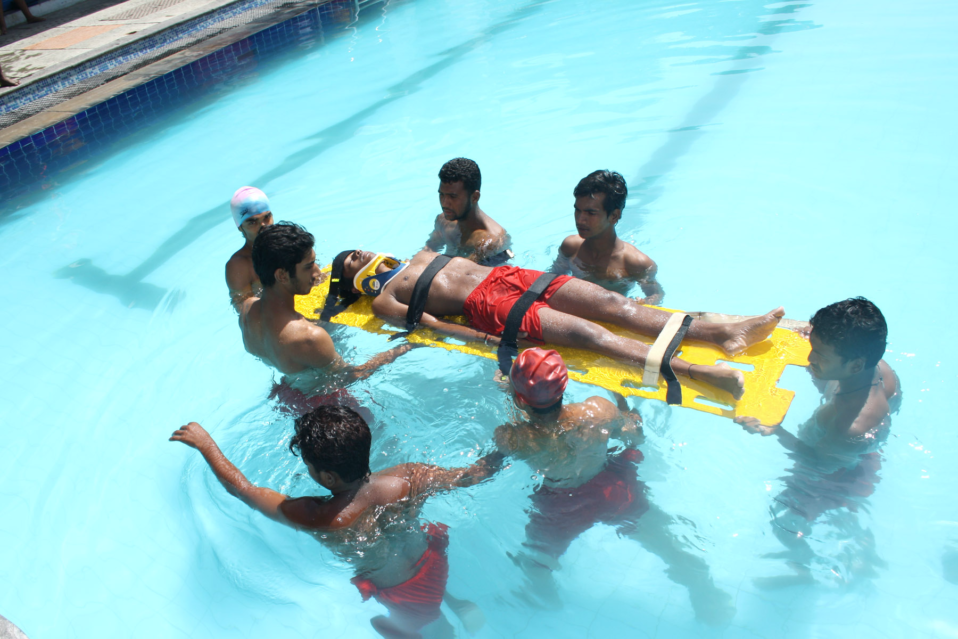



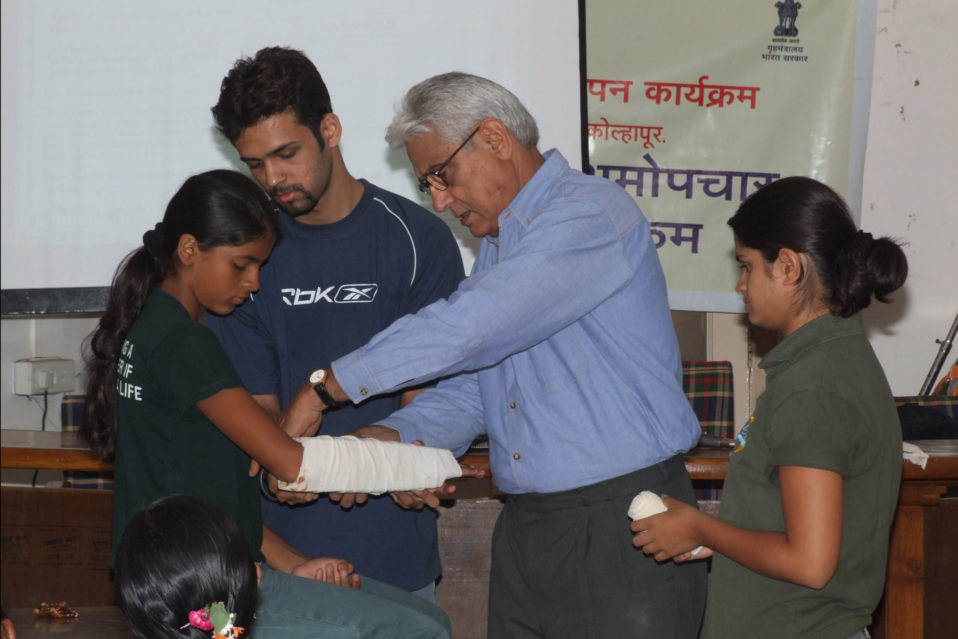


Post a comment